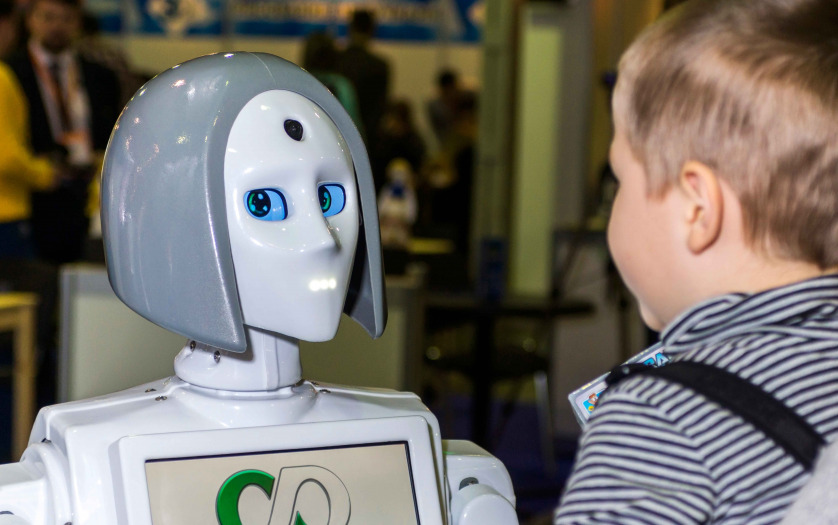
Griffith University researchers are on the verge of understanding the benefits interactive social robots can offer early childhood educators in the classroom.
Dr Michelle Neumann, named in The Australian2020 research list as a leader in early childhood education research, is pioneering a behavioural study in childcare centres to observe how young children interact with ‘NAO’ the humanoid robot created by SoftBank Robotics.
She said social robots like the ‘NAO’ used in the study could play a significant role in teaching children social and emotional skills.
”The technical leap in adding interactive sensors make them more expressive, capable of social interaction and intelligent communication with young children,’’ she said.
“Our early data shows children responding positively to the robot and being excited by its presence.”
She said while children’s emotional attachment with iPads and robots needed further research, the robots embodied the digital screen.
“As researchers we’re trying to figure out the best way to use this digital tool.”
Dr Neumann’s current project stems from a literature review published in the Early Childhood Education Journal which found very few studies on the effects of social robots on early literacy learning.
“The social features, interacting using speech, movement and facial expressions to communicate, are important for literacy and language learning, particularly if the social robot is programmed to follow the rules of language and social norms.
“Children are growing up in a digital age that is constantly evolving, they’re experiencing new and emerging technologies in their homes from virtual reality, smart toys, and voice-activated assistants.”
Having developed her own digital apps including one which assesses emergent literacy skills, Dr Neumann is aware of the benefits and challenges technology can bring.
“It will be important to research what effects time spent interacting with a social robot has on young children’s literacy and language acquisition and social-emotional development. Teachers will also need professional development training on how to operate and use social robots to support teaching and learning processes.”
The initial and ongoing costs of this new technology could also widen the digital gap for disadvantaged communities.
“Evidence-based research on what new technology tools offer is essential to making informed decisions on how they can be used to support literacy and language development.”
Results of the study will be released at the end of the year.








